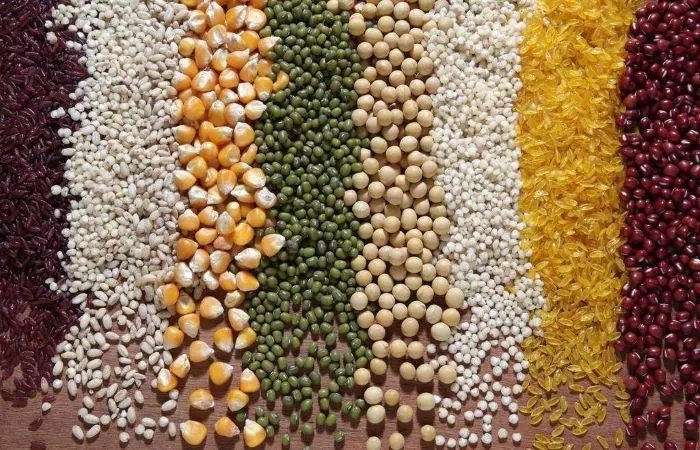A recent survey revealed that a significant portion of Filipinos identified rice as the food item most impacted by rising prices during the last quarter of 2024, with many also expressing dissatisfaction with the government’s measures to curb inflation.
Commissioned by Stratbase Group and conducted by Social Weather Stations (SWS) from January 17 to 20, the survey showed that 59 percent of respondents reported that rice had the highest price increase among the food items they purchased between October and December 2024.
In comparison, 25 percent of respondents noted that meat products, such as chicken, pork, and beef, saw the steepest price hikes. Eleven percent pointed to vegetables, while four percent said seafood was the most affected.
Additionally, the survey revealed widespread concern about the effectiveness of government efforts to control inflation. Fifty-eight percent of those surveyed said the government’s solutions were insufficient, while only 16 percent considered them adequate. Nineteen percent expressed ambivalence, stating that the measures were neither sufficient nor insufficient.
Regional dissatisfaction was especially high in Mindanao, where 65 percent of respondents voiced concerns, followed by Metro Manila at 60 percent.
The nationwide survey involved 1,800 respondents and has a margin of error of ±2 percent.
Price Trends and Inflation Rate
Data from the Department of Agriculture’s Bantay Presyo Monitoring indicated that rice prices remained relatively stable throughout the latter half of 2024. From July 15 to July 20, 2024, the cost of imported commercial rice ranged from P48.69 to P60.34 per kilo, while local commercial rice was priced between P47.90 and P60.33 per kilo.
Between October 14 and 19, 2024, these prices showed little change, with imported commercial rice costing between P45.35 and P59.88 per kilo, and local commercial rice ranging from P46.77 to P60.44 per kilo.
Prices saw slight improvement in early 2025, with the cost of imported commercial rice ranging from P42.38 to P57.89 per kilo, and local commercial rice priced from P42.17 to P59.49 per kilo from January 13 to 18, 2025.
On February 7, 2025, the Philippine Statistics Authority reported a steady inflation rate of 2.9 percent in January 2025, unchanged from December 2024. The National Economic and Development Authority (NEDA) considered this stability a positive sign, indicating the government’s commitment to stabilizing food prices.
However, Stratbase Institute President Dindo Manhit emphasized that the survey’s findings painted a different reality. “Having the majority of the Filipino people express dissatisfaction with the government’s inflation control solutions should be a wake-up call for our leaders,” Manhit said. “These numbers are a key reason why public trust in the government continues to decline.”
The survey’s findings suggest a growing disconnect between government actions and public expectations, signaling a need for more effective measures to address the rising cost of living.

